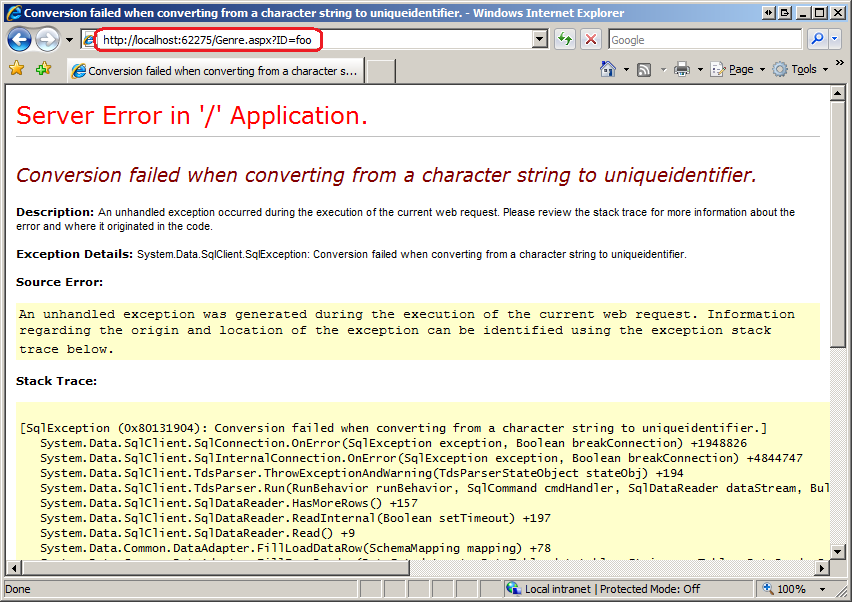
So, if we have one more try block outside the inner try block, the outer try-catch block catches the exception. In the above example we add a throw statement in the catch block basically rethrowing System.Exception causing the same exception to occur in the catch clause. 'Console.WriteLine(e.InnerException.Message) Throw New ArgumentOutOfRangeException ( "Age Can Not Be Negative " )Ĭonsole. Let's modify this example, as shown in next given below example. As you can see, throwing an exception is a fairly simple task. In this function we check if the age is a negative value, and if so, throw ArgumentOutOfRangeException. In this example we have a function called fn, which takes age as an argument. Throw New ArgumentOutOfRangeException ( "Age Cannot Be Negative " )Ĭonsole. ' throw an argument out of range exception if the age is

Public Shared Sub fn( ByVal age As Int32 ) Below example of using the throw statement. If an exception must be thrown programmatically, you would use the throw statement. If an exception occurs during the evaluation of an expression, the language runtime automatically throws the appropriate exception. Note that the source code filename is the first argument after the path to vbc.All along we have been talking about catching exceptions, but you may have been wondering who is throwing them or how you can throw one yourself.For compilers that support newer versions of the Visual Basic programming language, see NET Framework, but only supports language versions up to Visual Basic 2012, which is no longer the latest version. This compiler is provided as part of the Microsoft (R). Microsoft (R) Visual Basic Compiler version Ĭopyright (c) Microsoft Corporation. NET is installed, lives at C:\Windows\Microsoft.NET\\\vbc.exeĬ:\Users\rdkoziel\Publish>c:\Windows\Microsoft.NET\Framework64\v9\vbc.exe cpubusymt.vb /out:cpubusymt.exe /target:exe The command-line Visual Basic compiler, when.

Kudos to jreininger and geob! This thread was on point for me this week.Ī few tidbits for anyone that may follow.Ĭode: I needed to remove the Begin/End Region statements to get this to compile. TmpWorker2.Priority = ThreadPriority.Normalĭim Span As TimeSpan = (BeginTime)Ĭonsole.WriteLine("CPUWorkOut(Worker1) processed three million sines in " & Span.Milliseconds & " milliseconds!")Ĭonsole.WriteLine("CPUWorkOut(Worker2) processed three million sines in " & Span.Milliseconds & " milliseconds!") TmpWorker1.Priority = ThreadPriority.Normal It will peg a 2 Proc VM.ĭim tmpWorker1 As New Thread(AddressOf Worker_Thread_1)ĭim tmpWorker2 As New Thread(AddressOf Worker_Thread_2) I then set a batch file up to run from VMware Tools at start up.

I compiled this in VB 2010, and it worked great. I took it one step further, and made it multi-threaded.


 0 kommentar(er)
0 kommentar(er)
